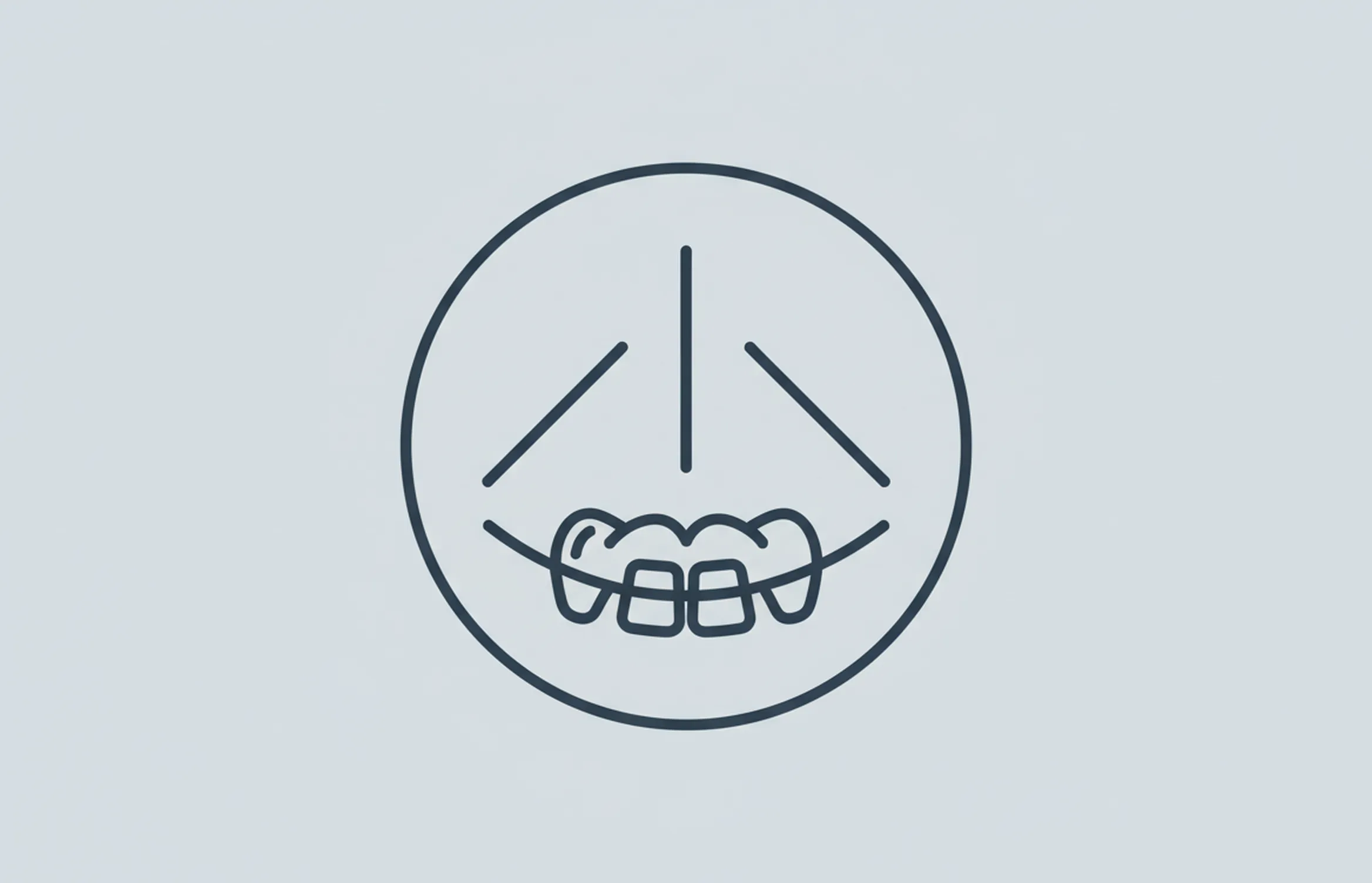Have you noticed a tooth that sticks out from your bottom row? When you show your smile at a job interview, on a date, or in a family photo, worrying about a crooked bottom tooth is the last thing you want. Studies show that people perceive others with straight teeth as more attractive, successful, and even intelligent.
Straight teeth are also easier to brush and floss, meaning they boost your dental health for the long term. When your face is often your first impression, it's no wonder that so many people are asking how to keep their smile in great shape.
There are a variety of reasons why a crooked bottom tooth can appear. Whether you've always had a crooked tooth, or it's something you've recently noticed because of ageing or an injury, there are options out there for getting straight teeth. Popular solutions include hidden braces, clear aligners, and veneers. Find the option that fits your life and smile best, and get ready to show off teeth that impress.
What Can Cause a Crooked Tooth
Some crooked teeth develop during childhood. Habits like sucking on a thumb or pacifier can affect how baby teeth and permanent teeth grow into the mouth. Genetics also impact how our teeth grow in: many people naturally inherit overbites, underbites, and small jaw sizes, which are all factors in developing crooked teeth. Wisdom teeth are a common culprit of crowded mouths and will disrupt straight smiles as they grow in.
For both children and adults, dental care is essential to keep our smiles straight. Cavities and tooth decay can lead to a crooked bottom tooth. Accidents and injuries to the mouth can also cause crookedness. Even for adults who wore braces in the past, crooked teeth can return if they don't wear dental devices like retainers. The human jaw changes and softens as we age, and people with naturally straight teeth may notice crowding and crooked smiles later in life.
Crooked Tooth Treatment Options
Fortunately, the treatment options for crooked teeth are getting more advanced every year. Many people choose clear aligner treatments that are barely noticeable when worn over the bottom teeth. Lingual braces are another discreet option that targets the inside of the teeth. These options allow you to treat your crooked bottom tooth without having to hide your smile. A retainer can also move some crooked teeth. Depending on how your bite looks, you may only need to wear it at night.
Veneers are another option for improving the look of teeth. A veneer is a thin porcelain shell that fits over your tooth. It can mask one crooked bottom tooth or several, and create a perfectly straight smile.
A dentist or orthodontist will be able to tell whether clear aligners, braces, retainers, or veneers are the best option for your teeth. Whichever option you choose, you'll enjoy the benefits of teeth that are easy to clean and a smile that succeeds.
Sources and References
-
[1]
The association between nutritive, non-nutritive sucking habits and primary dental occlusionPMC - National Center for Biotechnology Informationhttps://pmc.ncbi.nlm.nih.gov/articles/PMC6106723/
-
[2]
A comparison of treatment effectiveness between clear aligner and fixed appliance therapiesBMC Oral Healthhttps://pubmed.ncbi.nlm.nih.gov/30674307/
-
[3]
Age Changes of Jaws and Soft Tissue ProfileThe Scientific World Journalhttps://www.ncbi.nlm.nih.gov/pmc/articles/PMC4258316/
-
[4]
Changes in crowding and spacing of the teeth with ageAmerican Journal of Orthodonticshttps://pubmed.ncbi.nlm.nih.gov/5250478/
-
[5]
Mandibular Crowding: Diagnosis and Management—A Scoping ReviewDentistry Journalhttps://pmc.ncbi.nlm.nih.gov/articles/PMC10222176/
All sources accessed and verified on . Medical information reviewed for accuracy and compliance with current guidelines.
Related Articles
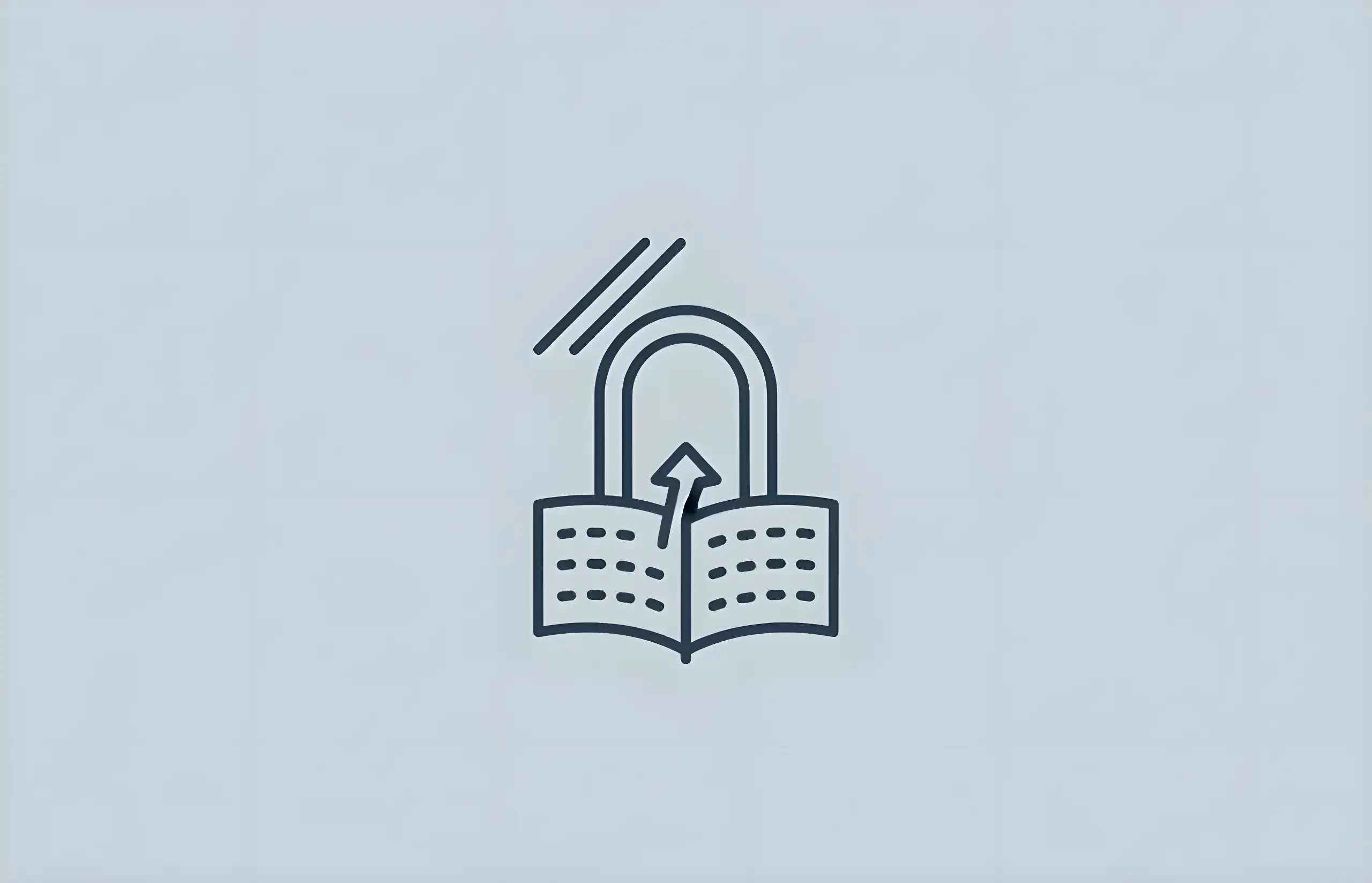
A Guide to Adult Orthodontics
Comprehensive information about orthodontic treatment for adults, including treatment options, costs, and what to expect
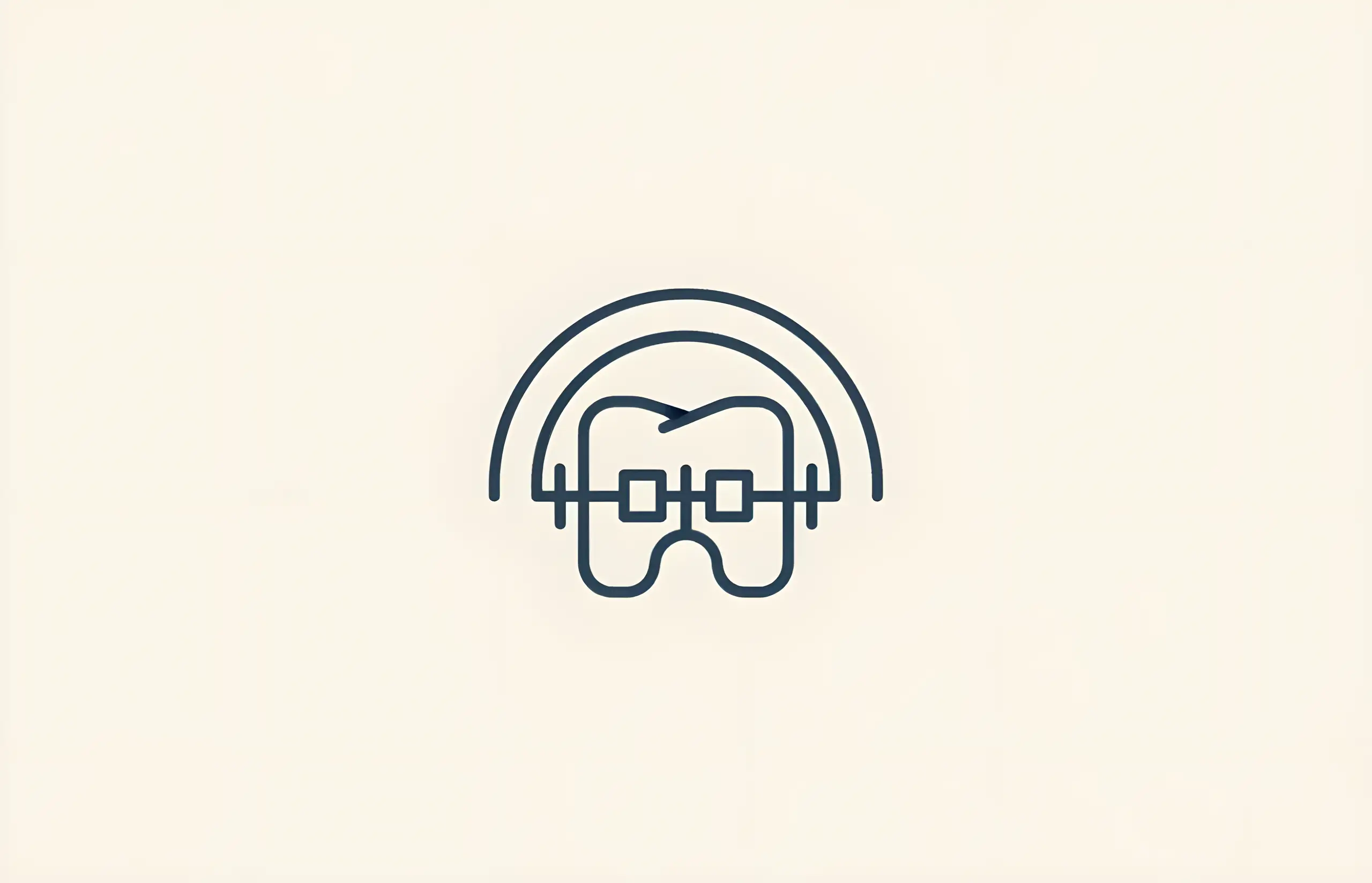
Invisible Braces – Braces Worn Behind Your Teeth
Complete guide to lingual braces fitted behind teeth, including how they work, the fitting process, treatment duration, and benefits of this invisible orthodontic option
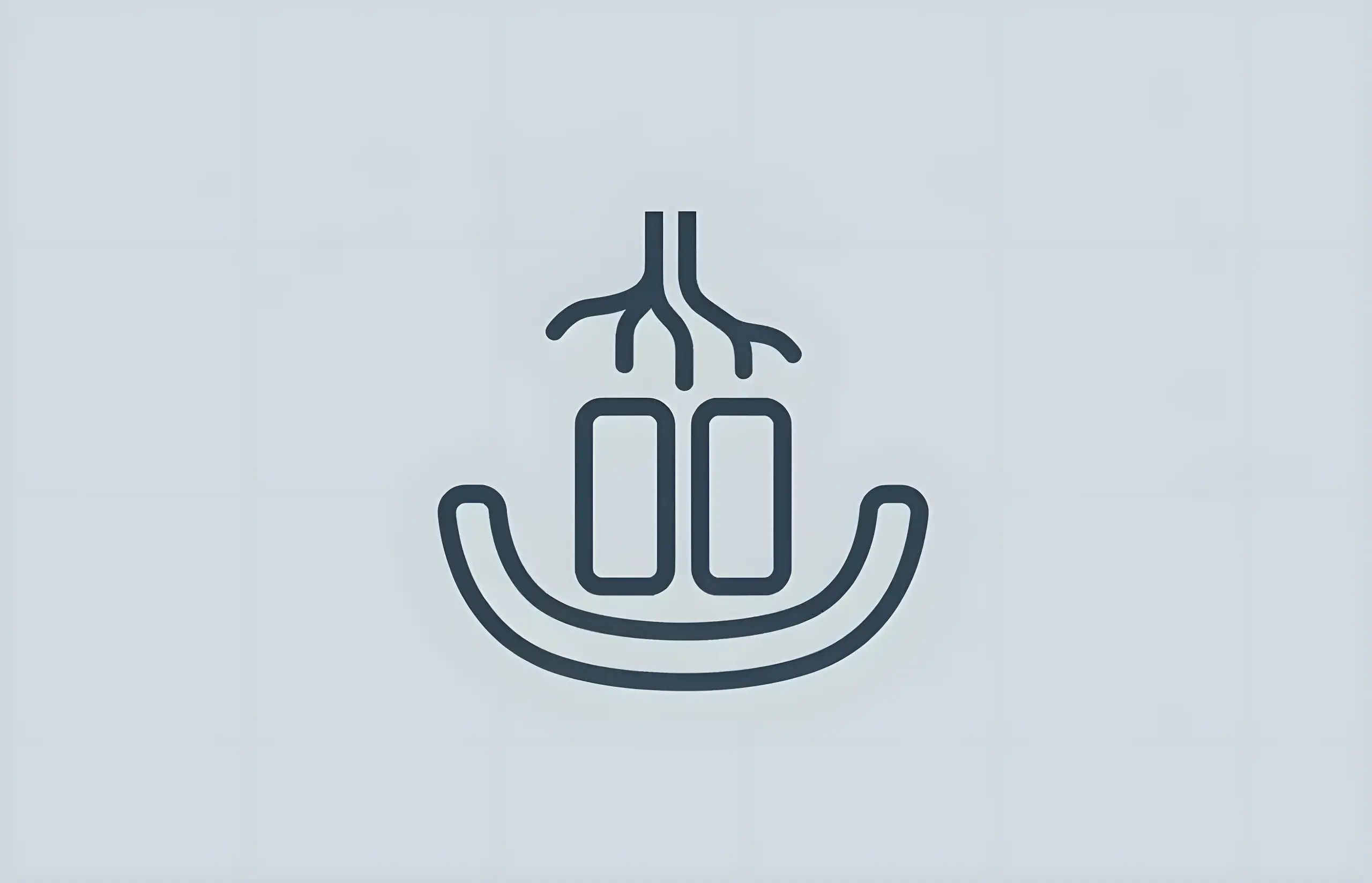
Common Causes of Bottom Teeth Crowding
Comprehensive guide to understanding bottom teeth crowding, hereditary factors, jaw size effects, early tooth loss impact, aging changes, treatment options, and prevention strategies
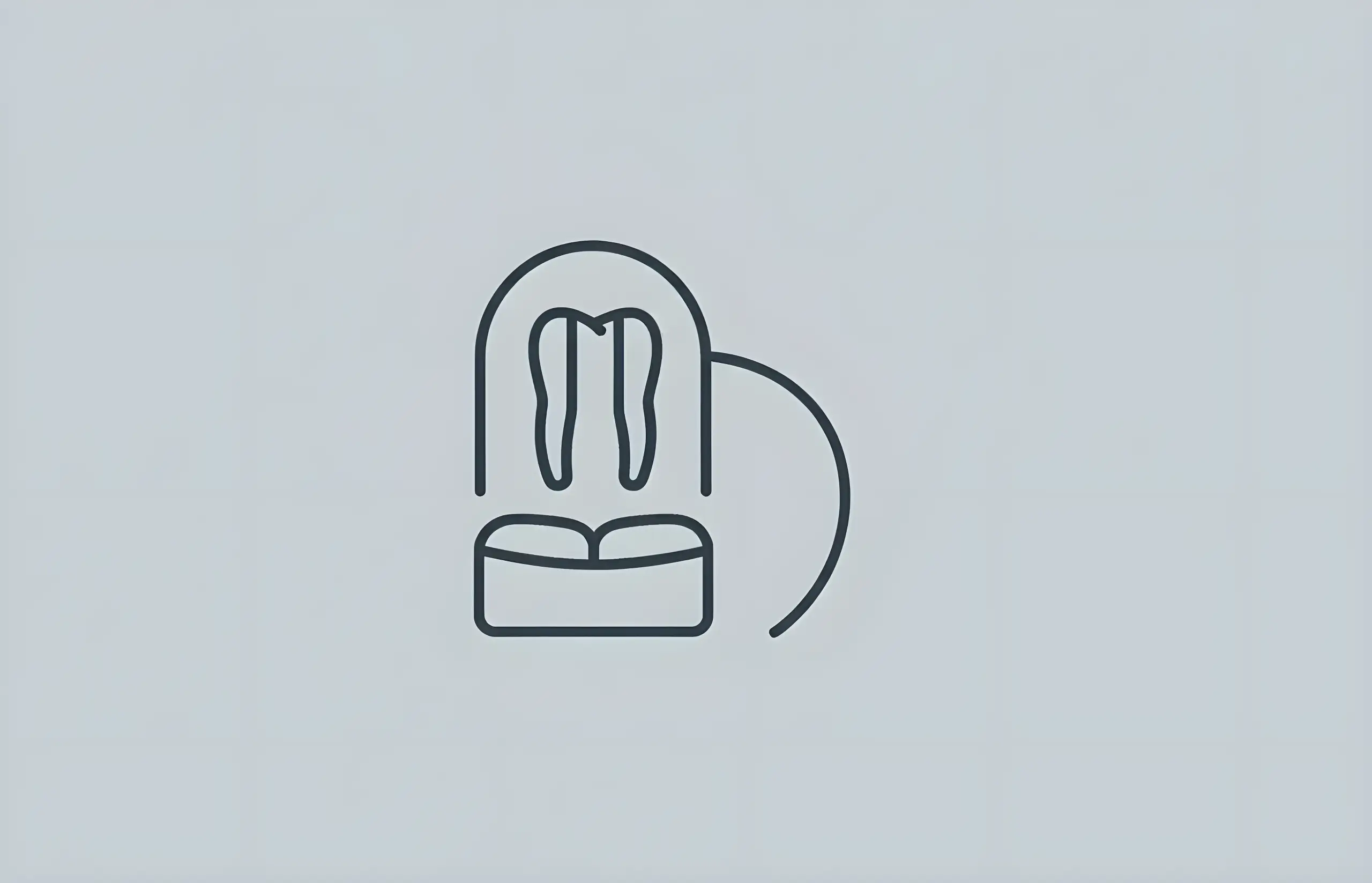
Can Retainers Straighten Teeth?
Comprehensive guide to orthodontic retainers, their purpose in preventing relapse, types of retainers, and why they cannot be used to straighten teeth independently
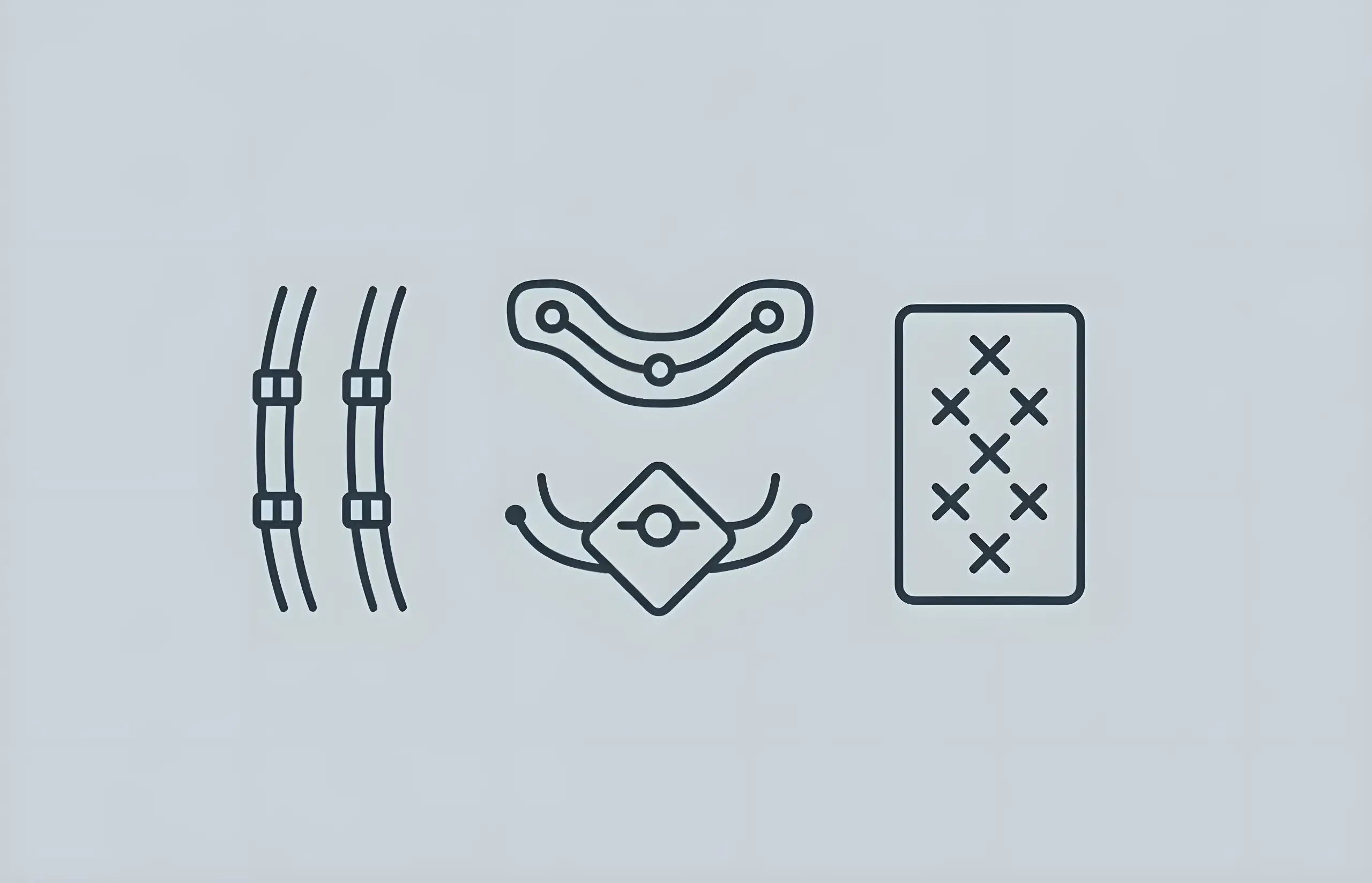
The Different Types of Braces Available
Comprehensive guide to orthodontic braces including fixed, removable, lingual, Invisalign, and functional braces with cost comparisons

A Guide to Invisible Braces
Comprehensive information about invisible braces (clear aligners), including benefits, effectiveness, costs, and how they compare to traditional metal braces

Twisted Lateral Incisor Treatment Options
Comprehensive guide to treating twisted and misshapen lateral incisors, including porcelain veneers, dental bonding, crowns, clear aligners, and traditional braces for orthodontic correction

Can You Get Veneers With Crooked Teeth?
Comprehensive guide to using veneers for crooked teeth, including when they work, limitations, material options, and alternative orthodontic treatments
About The Dental Guide
The Dental Guide is a trusted online resource providing evidence-based information about dental health, treatments, and procedures. Our content is created and reviewed by qualified dental professionals to help you make informed decisions about your oral health.
Our Mission
- Evidence-based dental information
- Expert-reviewed content
- Clear, accessible explanations
- Latest treatment options
- Patient-focused guidance
Editorial Standards
- GDC-registered dental professionals
- Peer-reviewed sources
- Regular content updates
- Medical accuracy verification
- Transparent authorship
Important Notice
The information on The Dental Guide is for educational purposes only and should not replace professional dental advice. Always consult with a qualified dentist for diagnosis and treatment recommendations tailored to your individual needs and circumstances.
Medically Reviewed
Reviewed by Dr. Nasim Mechoui , BDS (Bristol)
Share this article
Comments & Discussion
Have questions about dental implants? Share your thoughts or experiences.
